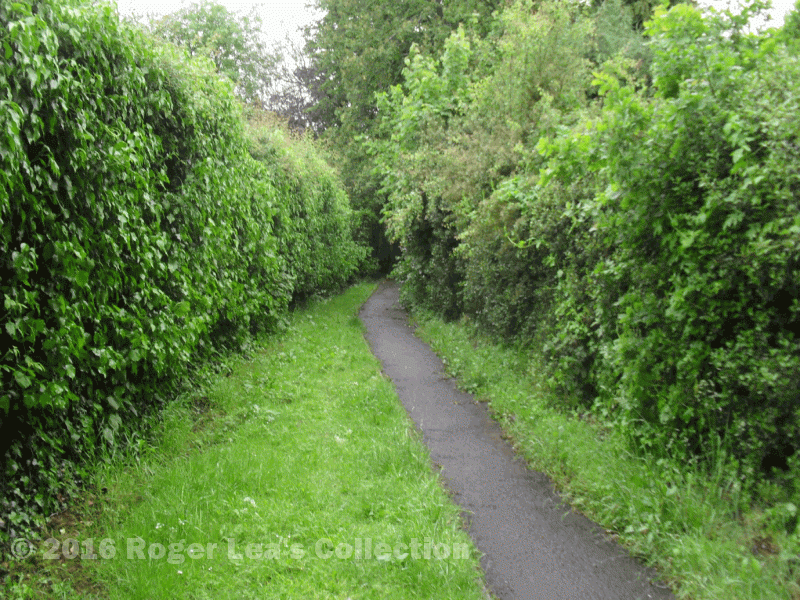In 1563 Hugh Sherratt was fined twenty pence by the Sutton Court Leet for failing to maintain stiles on the public footpath which crossed his land. For almost everybody at that time walking was the only means of getting from A to B, and there were not many obstacles to walking at will in the medieval landscape, with its open fields and extensive commons. Things were changing, however, as the open field system was abandoned in favour of farming the land in small fields with stock-proof hedges and fences. Such boundaries often cut off traditional footpaths, and landowners were required to provide stiles and keep paths clear.
Hugh Sherratt’s land was near Walmley, while a man from Minworth Greaves, William Clerke, who was before the Court in 1570, was charged in the full legal form to “repair stiles and make a legitimate path so that the lieges of our lady queen have passage up to Greves filde in the right place before the next Feast of Pentecost and so from time to time by custom as often as necessary under penalty 6s 8d.” This footpath was still at issue in 1579, when the jury ruled that that “from the time of men of which there is no memory there ought to be a common footpath” there. Stiles were to be erected by William Kynge at the Driffold, by Ralph Symonds at Maney, by Henry Sacheverall at New Hall and by Eleanor Veisie at Tamworth Road. In 1616 Ellen Symons was ordered to repair “one footway leading to Birmingham over her ground called the Stumps Ground with sufficient planks & footbridges.”
There were still vast areas of common land where walkers were not obliged to keep to the footpaths, but this freedom to roam came to an end when the commons were enclosed. The commons were divided up and allotted to private owners, but not before the Commissioner had set out public rights of way across them. He laid out thirty-seven new “Public Carriage Roads”, most of which still exist, and twenty-nine new footpaths (numbered 30-58). Some of these footpaths are still in use, such as no. 35 “One footway at Hill beginning at Hill Village Road and continuing in an eastward direction over allotments set out for the Rector of Sutton Coldfield, William Shenstone and George Roberts into Hillwood Common Road at the end of Sherifoot Lane.”
The Sutton Coldfield Enclosure Act of 1824 gave the Commissioner wide powers, including a review of the existing network of public footpaths. He ordered forty-five footpaths to be “stopped up”, so a total of fifteen miles of paths ceased to exist. Since then there have been many changes, until the National Parks and Access to the Countryside Act of 1949 gave County Councils the power to draw up definitive footpath maps, the one for Sutton Coldfield being confirmed by Warwickshire County Council in 1969. Stiles on these footpaths are still the responsibility of the landowner, as they were for Hugh Sherratt 450 years ago
